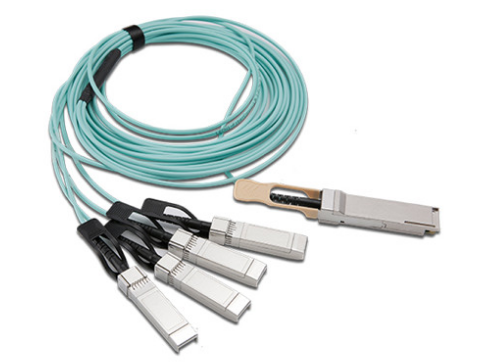In buildings with existing copper systems, it may make more sense to stay with copper vs. make the move to fiber. A cost-benefit analysis will help you determine when to use fiber optic cable. Depending on distance, there’s a point where it becomes more cost effective to use fiber. In new projects, it may be worth the investment to install a fiber system from the start.

After Hurricane Sandy, for example, decades-old copper cables were damaged due to water intake. If this natural disaster hadn’t happened, it probably wouldn’t have made sense for New York City to replace its copper infrastructure with fiber. Once the cable’s performance was compromised, however, and a replacement was needed, the investment in fiber made sense. Providers like Verizon chose to upgrade to fiber to ensure longevity, better service and reliable Internet access (wired and wireless).
Evaluating the building’s tenants can also help you make the decision about when to use fiber optic cable. If they’ll be using the new or renovated space for the long term, a fiber investment may be worthwhile. Otherwise, depending on technology and applications that come into play later – and what the building will be used for in the years to come – a new copper system may need to be redone to keep up.
The type of venue is an important factor when it comes to deciding when to use fiber optic cable. Think about things like:
What the cable will be used for
Whether the cable will be run outside and/or in between buildings
Whether the venue supports very large crowds (sports stadium or concert venue)
If wireless will be used frequently
You’ll also want to look at the number of connections. Because of the small cross-sectional area of fiber, the number of cables and connections you can place in a tray is greater than with a copper system.
In the past, big players like Apple, Google and Facebook were the heavy fiber users because of their numbers of employees, the numbers of devices those employees used and the amount of data transfer happening across their networks. Today, however, venues like high-rise hotels, university campuses and corporate campuses are experiencing similar needs.
In all of these cases, large numbers of users are involved. Each of these users is likely bringing at least two devices with them (a smartphone and a laptop – if not a tablet, smartwatch or other connected device), and they all have high expectations for connectivity.
On educational campuses, for example, lectures are being streamed in real time and assignments are being accessed and submitted online. In hotels, guests are connected to the network to stream content, upload photos to social media and access work applications. On corporate campuses, employees are in constant communication with onsite and remote staff via chat and videoconferencing. They access cloud services all day (from word-processing software to CRM systems) and send and receive large files.

When it comes to bandwidth, there isn’t a technology better than fiber. Most of today’s fiber bandwidth limits aren’t constrained by cables, but by fiber-optic electronics. No matter what types of new fiber-optic electronics are unveiled, you’ll be able to utilize them.
Contact: Andy Huang
Phone: 0086-755-89239407
E-mail: sales@beskco.com
Add: No.3106,Longgang Avenue,Pidi Town, Longgang District, Shenzhen China
We chat